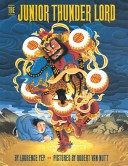
Yue, a Chinese merchant, discovers the wisdom in passing along kindness, when Bear Face, the huge hairy man Yue has befriended, saves his life.

Yue, a Chinese merchant, discovers the wisdom in passing along kindness, when Bear Face, the huge hairy man Yue has befriended, saves his life.
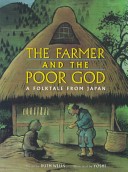
A poor god living in the attic of an unsuccessful family prepares to move with them and causes a reversal of their fortunes.
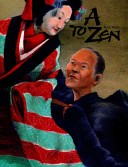
This book introduces Japanese words from A to Z. Book is designed to be read from back to front and from right to left.
Good Wu marries a young woman who can change herself into a shell. Because of this ability, a cruel ruler wishes to own her. In order to escape and save herself and her husband, she must perform three wonders.
A boy with a face so sad that nobody wants to look at him runs away with a caravan of giants to the city of dragons, where his sorrowful face is finally appreciated.
An honest young boy tries to get rid of an ever-increasing number of snakes that have come with the bowlful of silver coins he found.
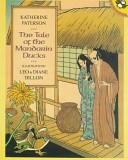
A pair of mandarin ducks, separated by a cruel lord who wishes to possess the drake for his colorful beauty, reward a compassionate couple who risk their lives to reunite the ducks.
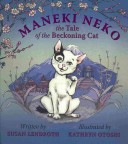
This book retells the Japanese folktale about how the beckoning cat became a symbol of luck and prosperity in Japan.
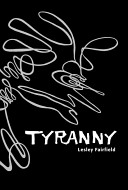
In Tyranny, brisk, spare text and illustrations that deal head-on with anorexia propel the reader along on Anna’s journey as she falls prey to the eating disorder, personified as her tormentor, Tyranny. The novel starts with a single question: “How did I get here?” The answer lies in the pages that follow, and it’s far from simple. Pressured by media, friends, the workplace, personal relationships, and fashion trends, Anna descends into a seemingly unending cycle of misery. And whenever she tries to climb out of the abyss, her own personal demon, Tyranny, is there to push her back in. The contest seems uneven, and it might be except for one thing: Anna’s strength of character has given rise to her deadly enemy. Ironically, it is that same strength of character that has the ultimate power to save her from the ravages of Tyranny. Brilliantly and realistically presented,Tyrannyis a must-read for anyone looking for a better understanding of eating disorders and for everyone looking for a compelling page-turner that is truly a story of triumph and hope.